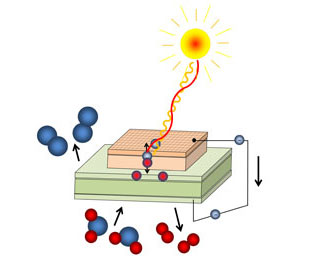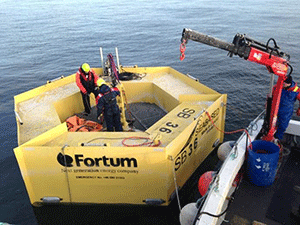Globally, carbon dioxide is the number one contributor to harmful greenhouse gas emissions. These emissions accelerate climate change, leading to such devastating effects as rising sea levels that can dislocate families and radical local climates that hurt food production levels.
But what if we could turn those harmful emissions into useable fuels through a simple, one-step process?
Researchers have proven that through a process combining concentrated light, heat, and high pressure, carbon dioxide and water could be directly converted into usable liquid hydrocarbon fuels.
Not only would this effort offer some relief in the energy infrastructure, it would also aid efforts against climate change by removing carbon dioxide from the atmosphere.
“Our process also has an important advantage over battery or gaseous-hydrogen powered vehicle technologies as many of the hydrocarbon products from our reaction are exactly what we use in cars, trucks and planes, so there would be no need to change the current fuel distribution system,“ said Frederick MacDonnell, co-principal investigator of the project.
The corresponding paper was published in the Proceedings of the National Academy of Sciences.
“We are the first to use both light and heat to synthesize liquid hydrocarbons in a single stage reactor from carbon dioxide and water,” said Brian Dennis, co-principal investigator of the project. “Concentrated light drives the photochemical reaction, which generates high-energy intermediates and heat to drive thermochemical carbon-chain-forming reactions, thus producing hydrocarbons in a single-step process.”


 The U.S. Department of Energy recently released a new series of posters illuminating a new generation of sustainable energy and green jobs. The series is reminiscent of the famous imagery created for the Works Progress Administration, only this time, the images depict a renewable energy revolution.
The U.S. Department of Energy recently released a new series of posters illuminating a new generation of sustainable energy and green jobs. The series is reminiscent of the famous imagery created for the Works Progress Administration, only this time, the images depict a renewable energy revolution.

